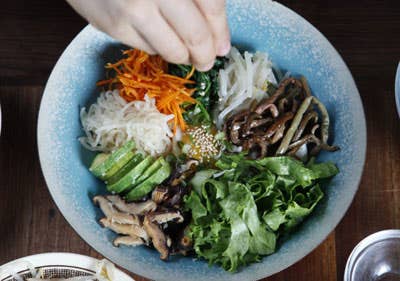
Techniques
Bibimbap Step-by-Step
Korea's national dish, bibimbap, is colorful, refreshing, and infinitely varied. It can be made with meat or seafood and served hot, but we love this fresh-tasting, cold, vegetarian version. Here's how to make it. Get the recipe »

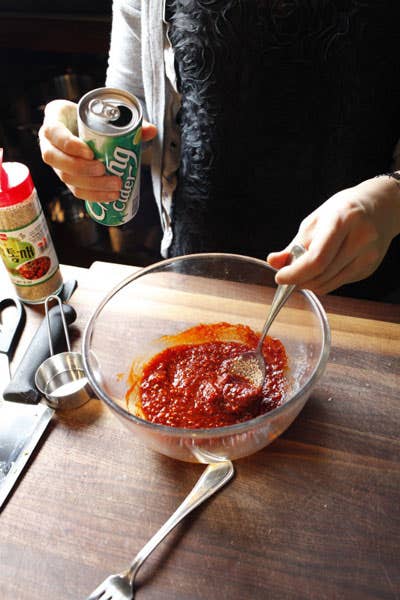
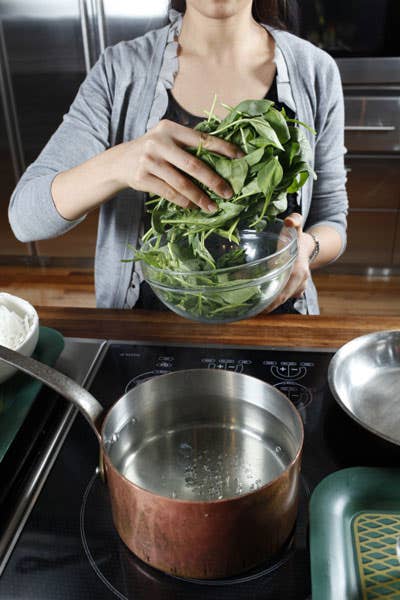
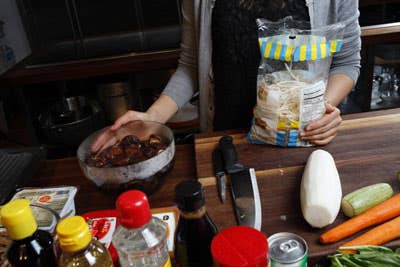
ADVERTISEMENTADAD
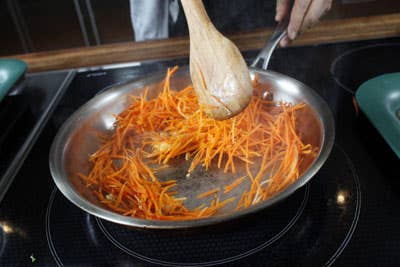
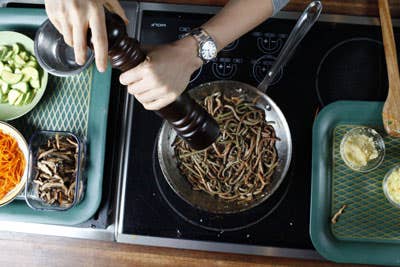
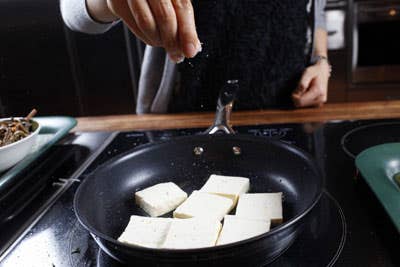
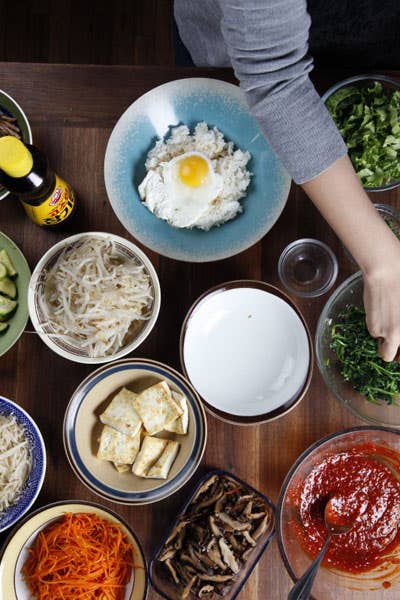

ADVERTISEMENTADAD
Keep Reading
Continue to Next Story
ADVERTISEMENTADAD










